Teaching Through Turbulence: Addressing Political Violence
Explore updated resources to guide meaningful discussions on political violence, misinformation, and civil discourse in schools and communities.

Share
September 11, 2025
Explore updated resources to guide meaningful discussions on political violence, misinformation, and civil discourse in schools and communities.
Share
This blog was originally published on June 16, 2025, and updated on September 11, 2025
Growing up in the 1990s and early 2000s, I remember watching news stories about the Oklahoma City bombing and the Columbine High School shooting—events that rattled the country and left kids like me feeling scared and confused. But at school, we rarely talked about them. Those moments, terrifying as they were, lived at the edges of our understanding, unspoken and unresolved. Today, as political violence escalates again in the United States, I think back to those silences and realize how critical it is that we create space to talk openly and honestly with students, families and communities about these dangers.
When violence becomes normalized—or even worse, accepted—we risk raising a generation that feels powerless or disconnected from the democratic values we’re meant to uphold.
Acts of political violence in the U.S. are no longer an anomaly; they’re becoming a dangerous pattern, often with guns as a common thread that can turn political tensions into life-threatening events. In recent years, we’ve seen attacks on elected officials, threats against school board members, and violent attempts to overturn democratic processes. These include high-profile incidents across the political spectrum, such as the assassination attempt on then-presidential candidate Donald Trump, the murder of conservative activist Charlie Kirk, and targeted violence against Democratic state lawmakers and governors. From bomb threats and shootings to public intimidation and arson, the list continues to grow.
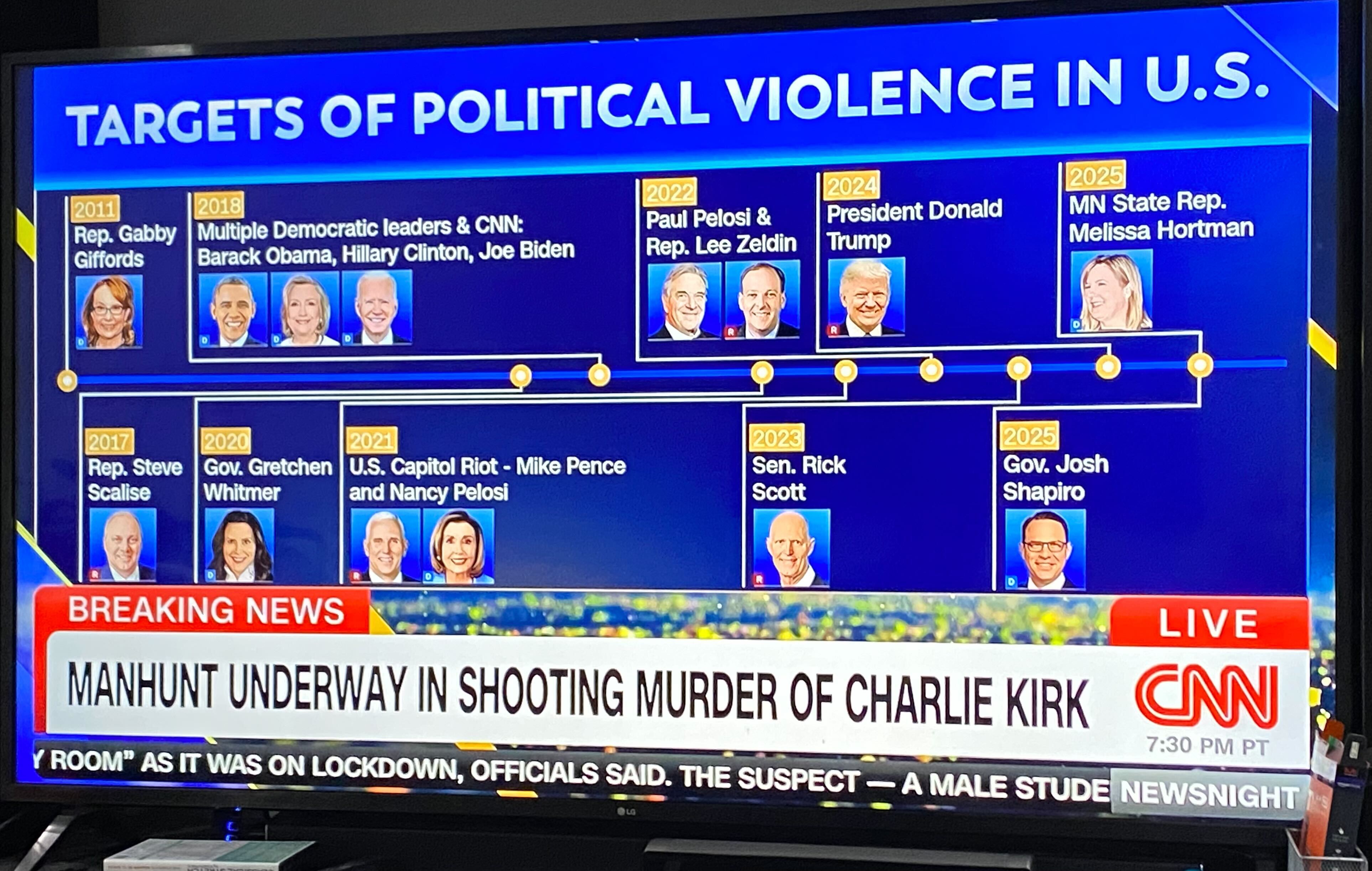
This timeline highlights how these incidents have unfolded over the past decade, making clear that these acts aren’t isolated: They reflect deeper fractures where extremist ideologies, conspiracy theories and aggressive rhetoric combine to fuel real-world harm. Whether the target is a Democrat or a Republican, a governor or an activist, the pattern is the same: Political violence is becoming more frequent and more severe. Firearms are often at the center of these attacks, underscoring how political violence and gun violence are increasingly intertwined. Recent studies from groups like Giffords Law Center and Everytown for Gun Safety show that increased access to guns—as well as extremist beliefs and hate-filled rhetoric—create a volatile mix where threats can quickly become lethal.
A recent poll from the Leadership Conference on Civil and Human Rights found that 73 percent of voters are deeply concerned about political violence, and more than 80 percent fear for the future of our democracy. That public concern mirrors the timeline: a steady rise in incidents that threaten both individuals and the health of our democratic system.
At its core, political violence is the use of force—physical, verbal or symbolic—to intimidate or harm others based on their political beliefs or roles. It can include assassinations, arson, and threats or attacks on elected officials and public servants or their property. This violence is often driven by extremist ideology or fueled by misinformation, and it thrives in a culture where hateful rhetoric is allowed to fester unchecked.
One driving force behind today’s rise in political violence is misinformation. False claims about elections, vaccines or public officials can go viral in minutes and lead to real-world harm. Online, it can be hard to distinguish truth from fiction, especially for young people still learning how to evaluate sources and verify information.
That’s why media literacy education is no longer optional. It’s essential. We must teach students how to critically analyze what they see and hear—whether on TikTok, in group chats or even from public figures. Understanding the difference between disagreement and dehumanization literally can save lives.
Empower your students with the media literacy skills they need to be critical digital citizens with these lesson plans, guides, and professional learning resources.
This isn’t just about political leaders or headline-making tragedies. It’s about ensuring that our classrooms, homes and communities are safe spaces where we can process the world together. When violence becomes normalized—or even worse, accepted—we risk raising a generation that feels powerless or disconnected from the democratic values we’re meant to uphold.
So how do we begin? We start by talking. We talk about the history and causes of political violence. We talk about how to stand up to hate. And we make sure students know they have a role in building a safer, more compassionate society.
For educators and families, this work starts with intentional conversations, media literacy and civic learning. Share My Lesson has curated free, classroom-ready resources to help teachers, school counselors, parents, and caregivers respond to political violence with empathy, clarity and historical context. Whether you're facilitating a class discussion, helping a student understand the news or guiding teens through digital media literacy, these resources can support your work.
Explore some of our resources below to get the conversation going at school or at home.
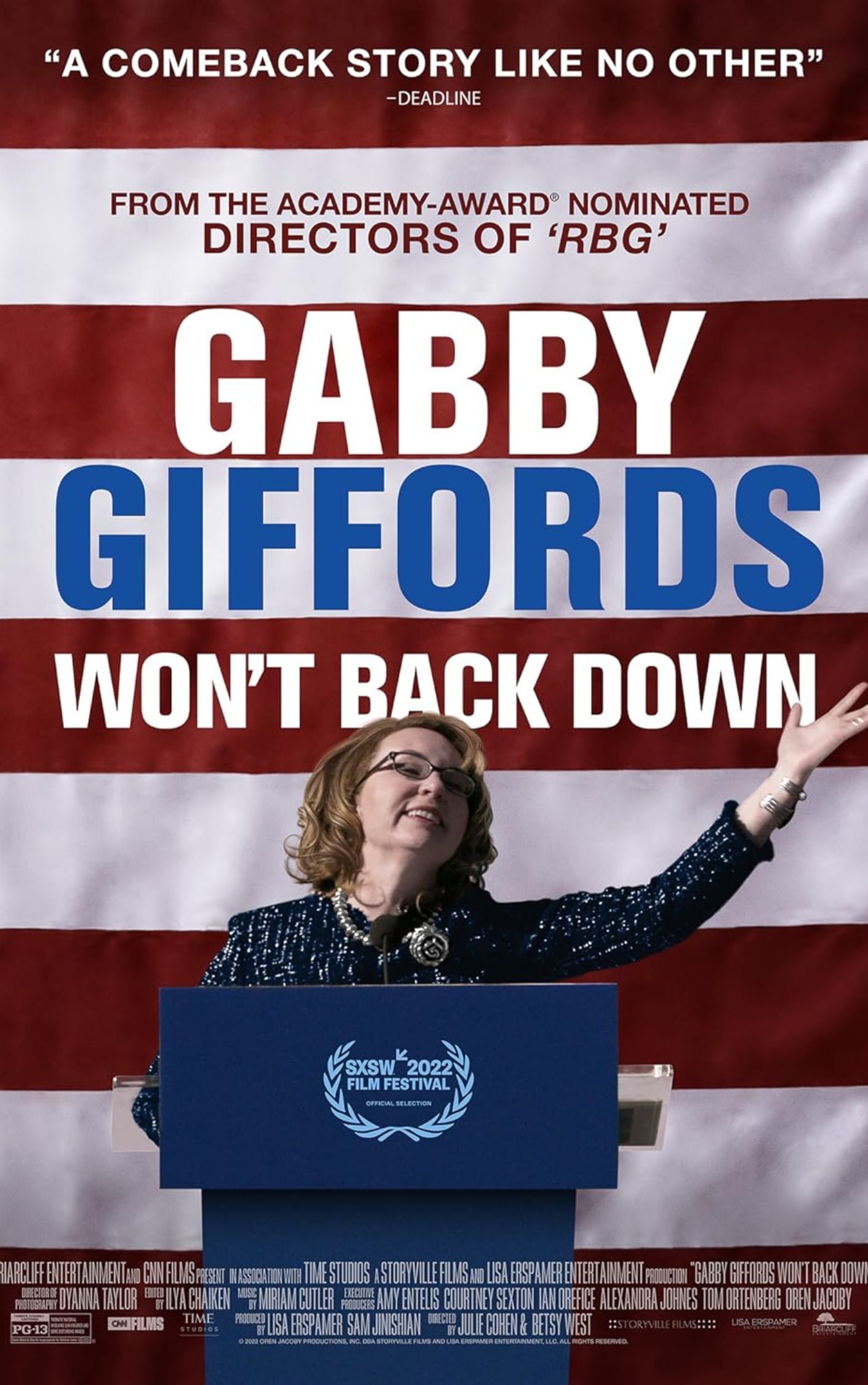
Gabby Giffords Won’t Back Down is a documentary about the former Congresswoman’s recovery after the 2011 shooting and her fight against gun violence. A companion Independent Learning Guide and a discussion guide from Journeys in Film provide flexible tools for classrooms, community groups, and independent learners.
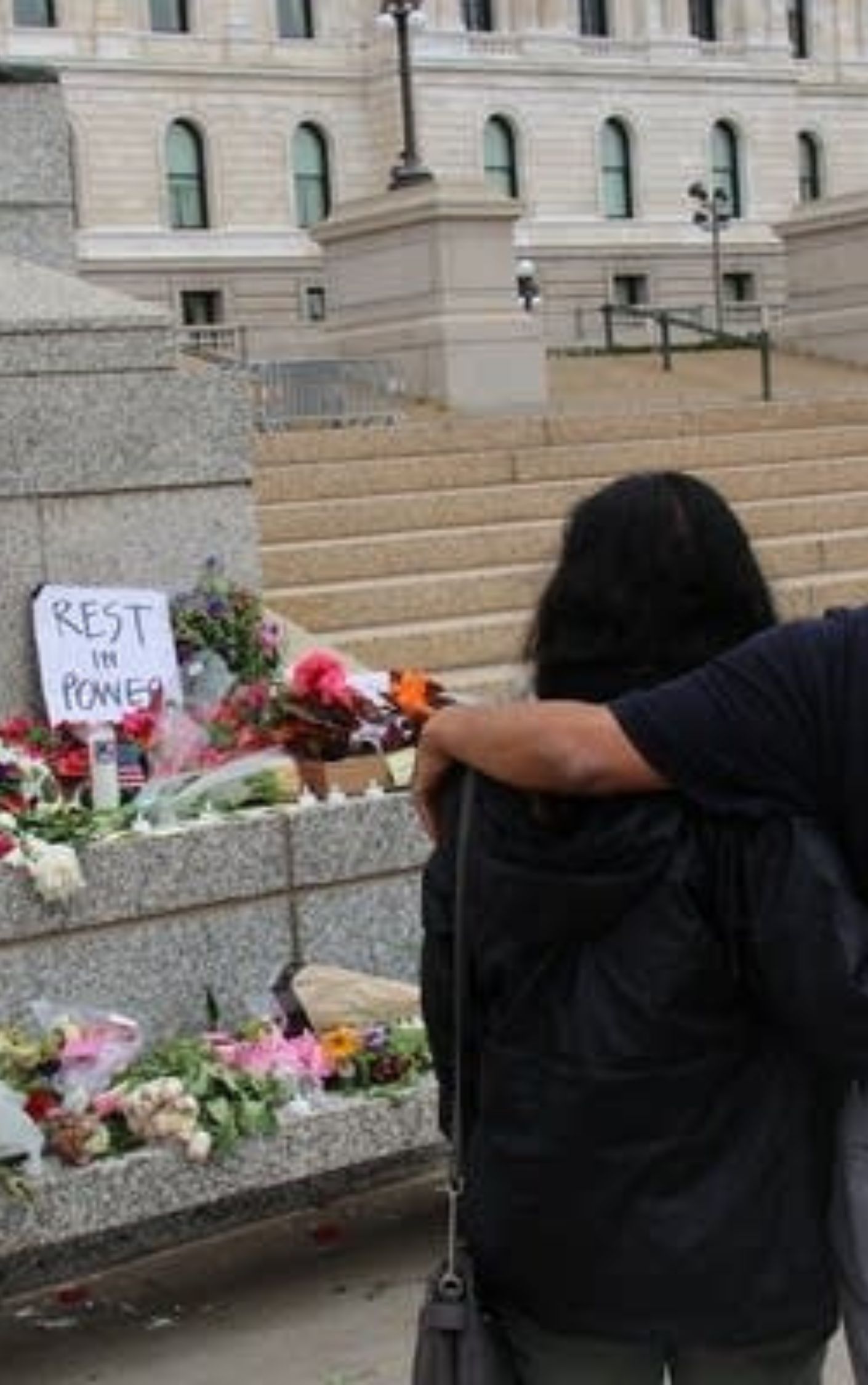
This timely classroom resource examines reflections from Minnesota Sen. Klobuchar on the tragic loss of a fellow state legislator, using real-world dialogue to foster discussions around political violence, empathy, and civic responsibility among students.
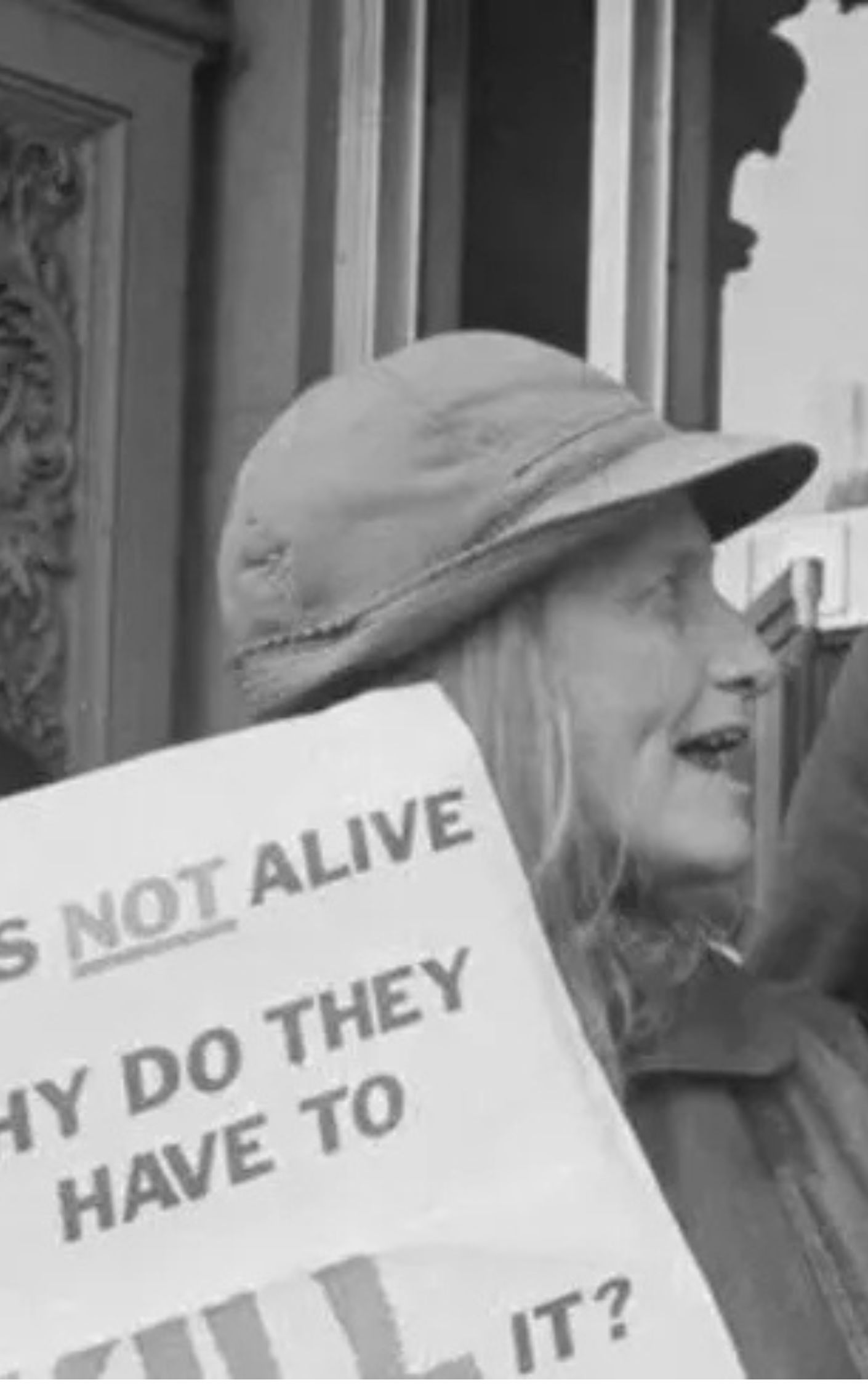
This lesson from PBS unpacks how political polarization can lead to violence, offering students a framework to understand division, misinformation, and the importance of civil discourse. Includes definitions, real-world examples, and discussion prompts for middle and high school classrooms.
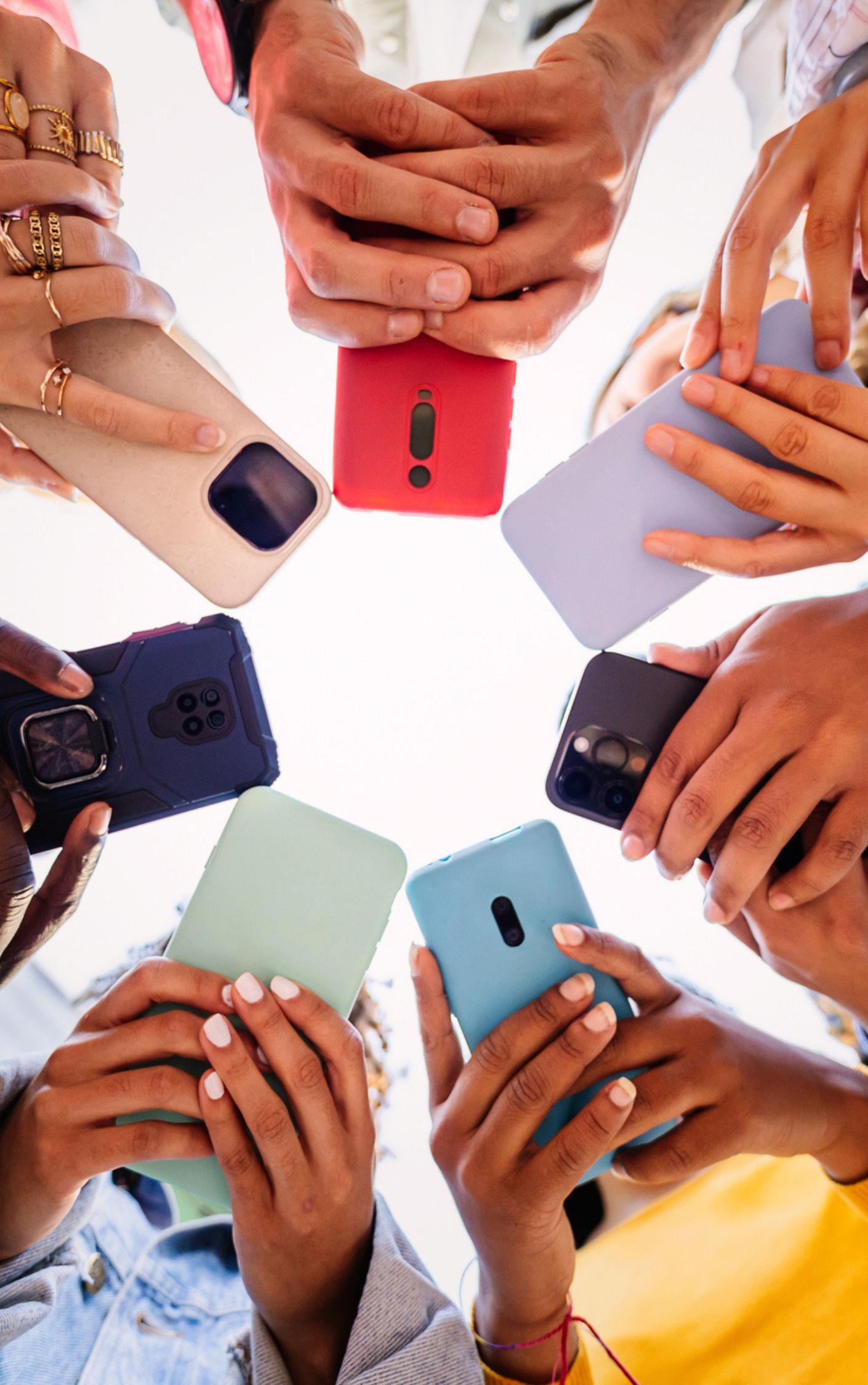
This free webinar guides educators through strategies from CFR Education for helping students navigate global information online—building digital literacy, critical evaluation skills, and awareness of international news sources.
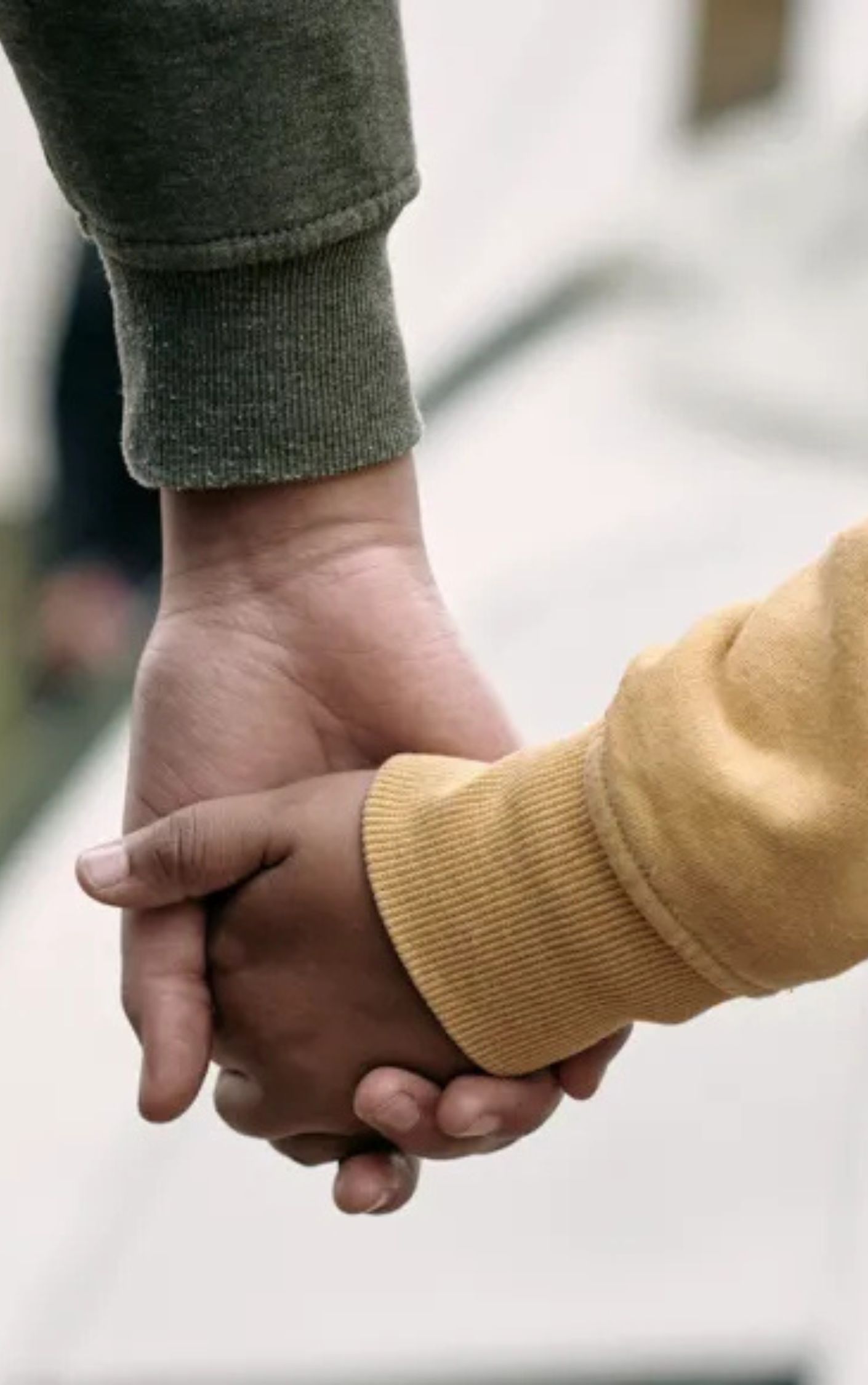
If topics related to political violence or unrest come up in your classroom, there are some things you can do to navigate the conversation with sensitivity and care, especially if you teach ELLs.
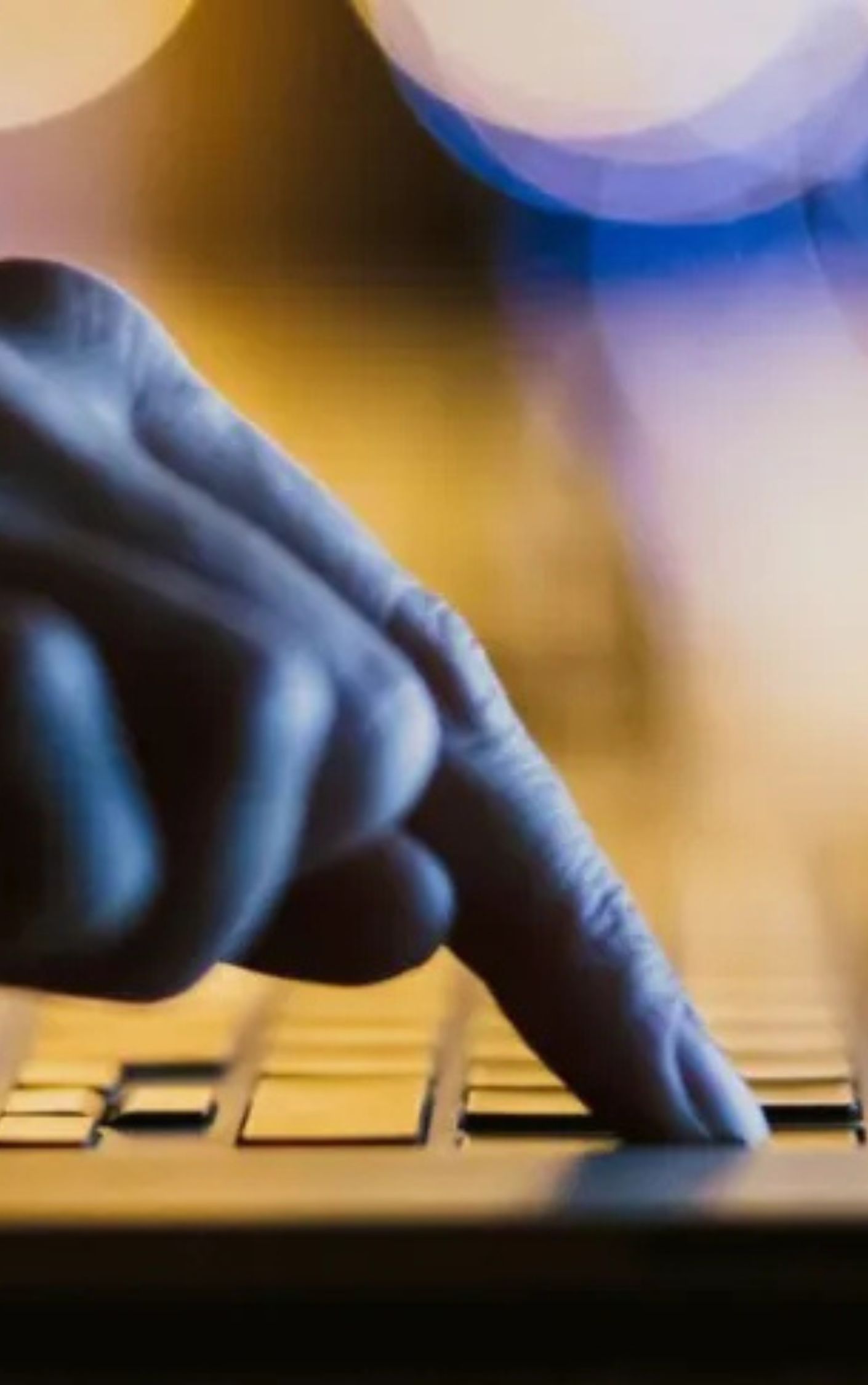
This PBS lesson dissects how online misinformation amplifies conspiracy theories, exploring the role of social media, echo chambers, and emotional contagion in spreading false narratives—paired with classroom-ready activities to help students think critically.
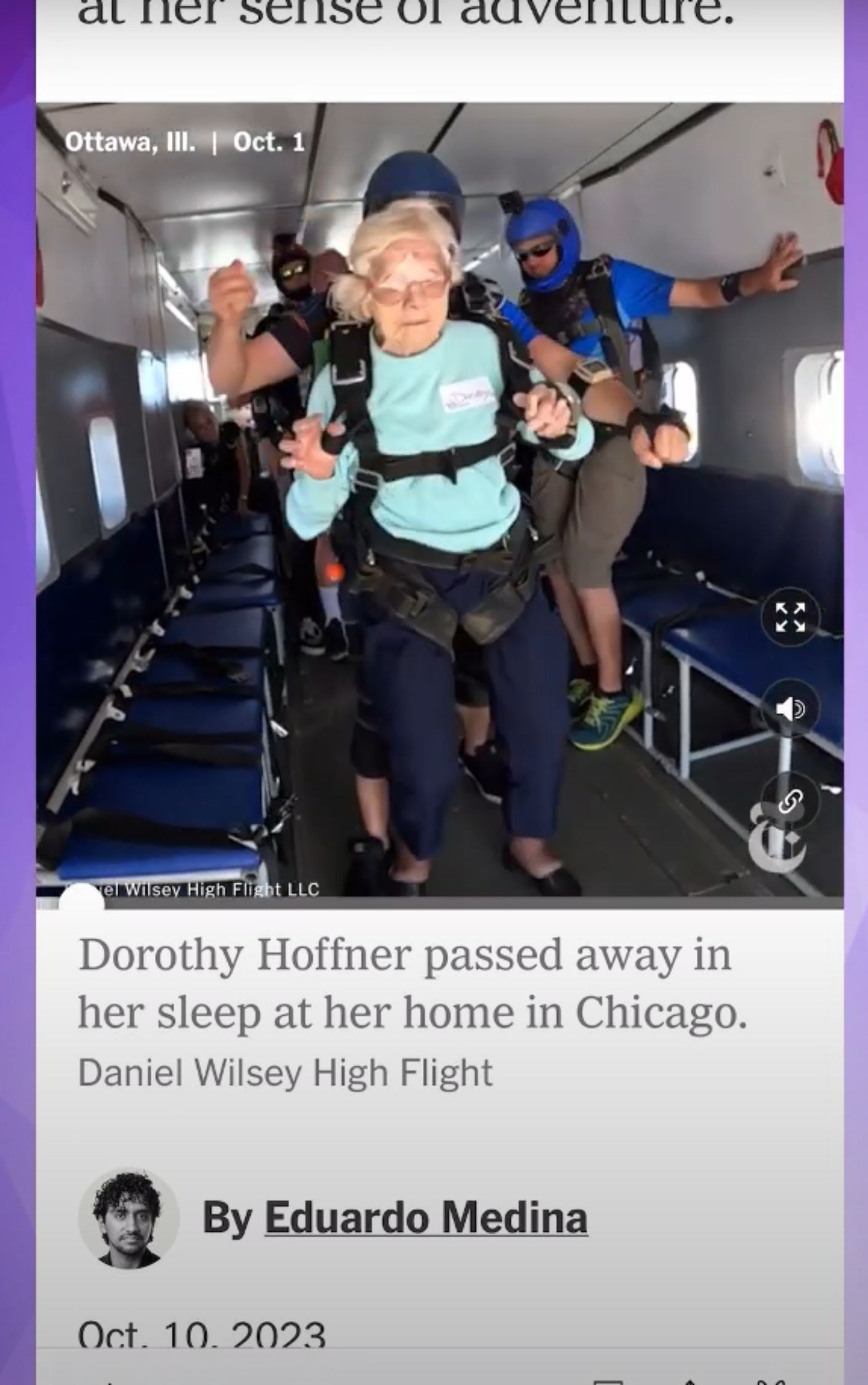
This lesson from PBS helps students identify AI-generated text, images, video, and audio by teaching practical verification methods like reverse image searches and AI detection tools. Designed for grades 6–12, it builds essential media literacy skills to navigate misinformation in the digital age.
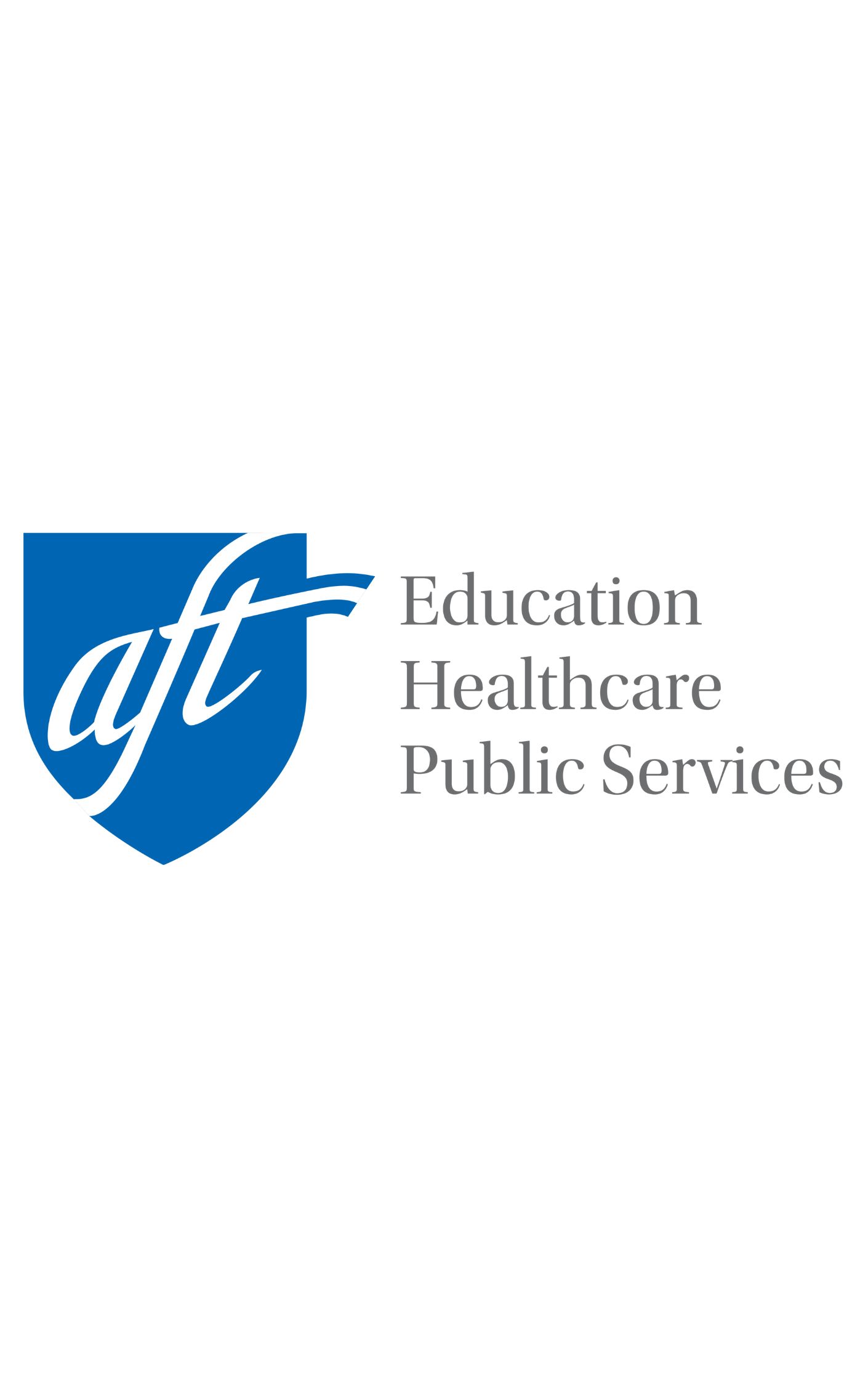
This blog from AFT emphasizes media literacy and digital citizenship, offering practical tools—like lessons on viral hoaxes and AI detection—to help educators foster responsible, empowered online behavior in students.

This lesson examines how one social network is helping unite communities in divisive times, using real-world examples and classroom activities to explore social media’s potential for connection and civic engagement.
In our classrooms, we help students find their voices and speak up for what they believe in. In challenging moments, it’s just as important that we model open dialogue, empathy and courage—while leaning on one another for support.
Political violence isn’t just a policy issue or a breaking news headline—it’s a threat to the kind of society we’re trying to build. And while this violence may feel overwhelming, silence and avoidance aren’t the answer. Our classrooms and communities can be places where hard truths are met with courage, where fear is countered by empathy, where facts light the way forward, and where civil discourse helps us navigate even the most difficult conversations.
Helping young people understand how violence takes root—and how misinformation spreads—equips them to protect democracy, advocate for justice and build a more compassionate future. These are the skills that prepare students to engage thoughtfully with the world around them. It’s not just part of teaching—it’s part of preparing the next generation for informed, responsible citizenship.
Let’s have those conversations, support each other along the way, and keep showing up to do the work—together.
Using the challenges to democracy in recent years as a teachable moment, we created resources to help students reflect on threats to democratic principles and explore topics such as media literacy, civil discourse, voter suppression, and misinformation.
Want to see more stories like this one? Subscribe to the SML e-newsletter!
